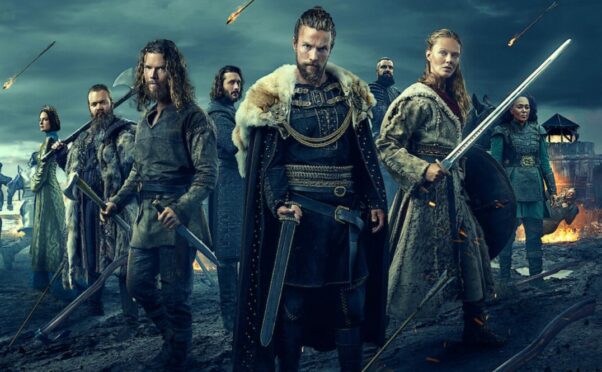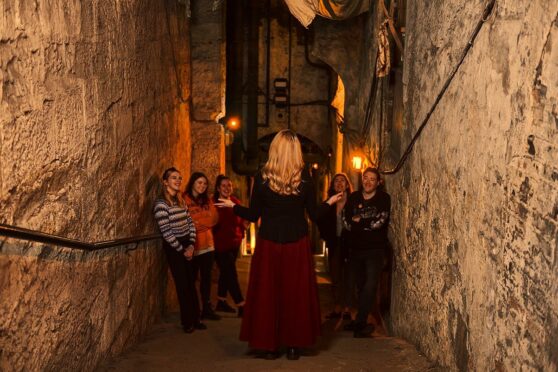
Netflix’s latest historical saga, Vikings: Valhalla, has reignited our fascination with this period of history.
Former teacher Becky Cranham, from school resources creator PlanBee, told Murray Scougall the Honest Truth about what the Vikings were really like.
Where did the Vikings come from?
Norway, Sweden and Denmark.
Why and when did they come to Britain?
For many reasons but one of the main ones was a lack of farmland in Scandinavia. There was a large population surge and there was no longer enough land to go around, so they travelled to Britain where there was plenty. When they first came in the 790s, it wasn’t to farm but to raid the east coast of England looking for riches, attacking towns, and returning to Scandinavia with their plunder.
What was a Viking longboat?
It is thought they were developed from the narrow boats used in prehistoric times. The boats were the perfect shape for invading coastal towns, because they could sail all the way up to the sandy coast without the need for an anchor. This allowed them to sneak up on the towns, ready to attack before the townspeople had a chance to defend themselves.
Who was living in Britain at the time of the Viking invasions?
Anglo-Saxons (from Denmark, Germany and the Netherlands) had been living in Britain since the beginning of the 5th Century. The Anglo-Saxons came to Britain after the Romans left. The Anglo-Saxons and Vikings both lived in Britain until 1066 but spent most of the best part of 300 years fighting each other.
What were Viking homes like?
Like us, they had different house designs but most people lived on farms in small huts made of wood. They often had turf or thatch roofs. Richer families lived in large houses similar in shape to a Viking ship.
Another popular design was the pit house. A hole was dug about a metre into the ground. The surrounding dirt was then used as a wall. This had the advantage of keeping in some of the warmth from the ground.
What did Vikings wear?
Their clothes would depend on what they did and how rich they were. Generally, people dressed for warmth and comfort rather than fashion. Most clothes were made from wool and linen, and were coloured using vegetable dyes. Both men and women wore a lot of jewellery, especially brooches, which were used not just as an accessory but to fasten clothes together.
What did the Vikings believe?
They were pagans who believed in lots of different gods. Myths about the gods, as well as dragons and giants, were passed from generation to generation. The Vikings believed the main gods lived in a world in the sky called Asgard. Many converted to Christianity once they arrived in Britain, although some just added the Christian god to their existing belief system.
What did Vikings do for work?
Wealthy Vikings earned their living from renting out land to tenants and from the produce that came from the land. Most Vikings were farmers and self-sufficient. Lots of Vikings were also merchants and traders who sold their produce and traded their wares, such as jewellery. Some were skilled craftsmen who built boats or crafted weapons.
At the very bottom of society were the slaves who were employed in the fields and houses doing hard manual labour.
What did women and children do?
It was a woman’s job to look after the home, doing all the cooking, cleaning and household chores. They milked the cows and preserved the meat for the winter months. They also spun wool into thread to make cloth. They made all the clothes using a weaving loom and also made wall hangings. It was the job of the women to weave sails for Viking ships.
There were no schools, so children helped their parents. Some boys, however, were taught to read and write the rune characters of the Viking alphabet.
What was Viking law and order like?
Viking societies had a hierarchy system. Most Viking countries were ruled by a king. There were also chieftains and earls. Chieftains often had armies of their own and would have large households and own vast areas of land. The Vikings had laws for free men and women, although these were not written down anywhere. These laws were passed down from generation to generation. Honour was a crucial part of Viking life and disobeying any of the laws brought disgrace to the whole family.

Enjoy the convenience of having The Sunday Post delivered as a digital ePaper straight to your smartphone, tablet or computer.
Subscribe for only £5.49 a month and enjoy all the benefits of the printed paper as a digital replica.
Subscribe




